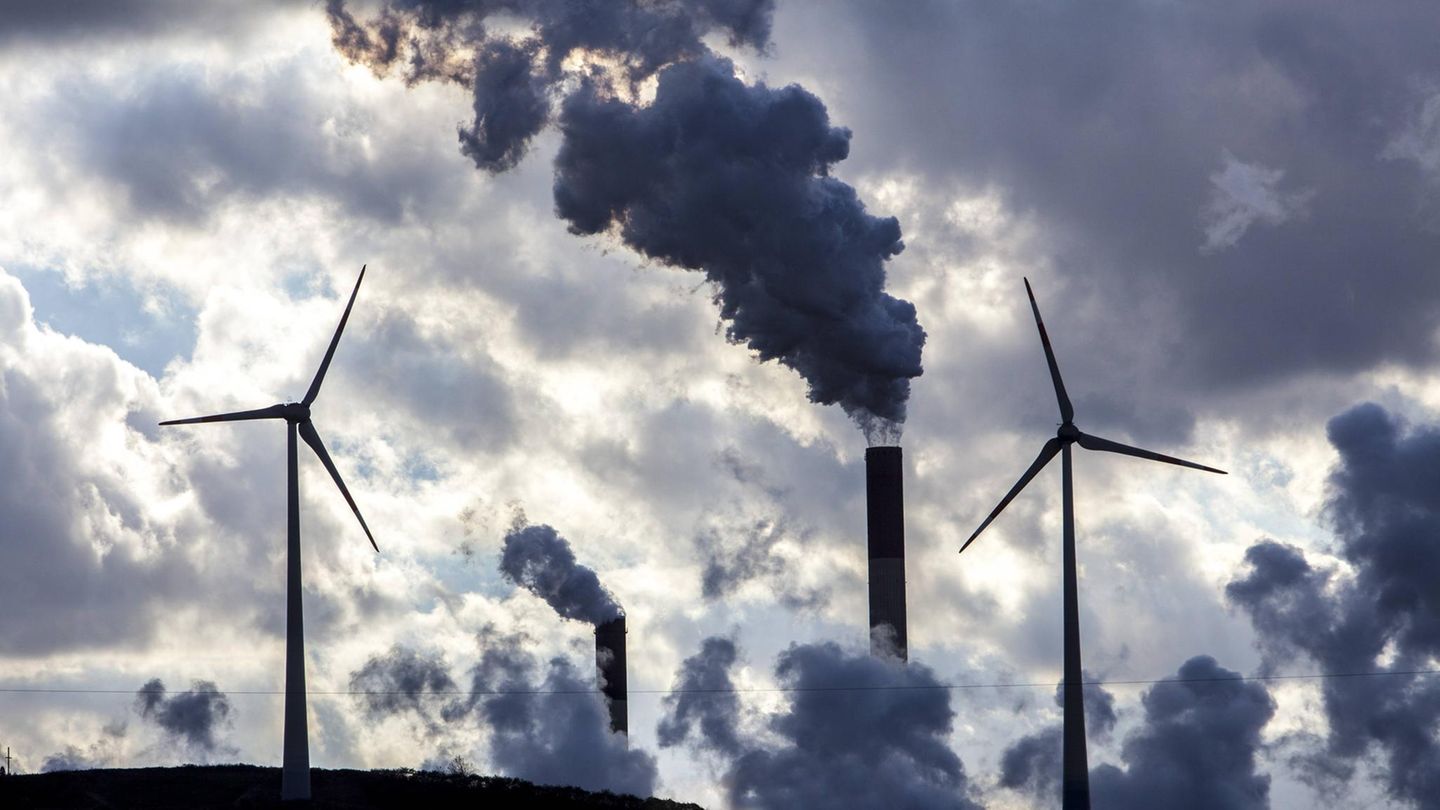Menu
Climate goals for 2030: Germany’s CO2 emissions: These are the biggest environmental offenders
Categories
Most Read
How much will I earn if I deposit $500,000 today in 30 days?
October 15, 2025
No Comments
what is the new amount for October 2025
October 15, 2025
No Comments
Carlos Melconian warned that a macroeconomic change is coming after the elections
October 15, 2025
No Comments
Scott Bessent said that the total bailout could reach US$40,000 million and bought pesos again
October 15, 2025
No Comments
“Disney Destiny”: Meyer Werft delivers new cruise ship earlier
October 15, 2025
No Comments
Latest Posts

Beauty Advent Calendar 2025: These cosmetic calendars are worth it
October 15, 2025
No Comments
CarolineI’m Caroline, a journalist and author for 24 Hours Worlds. I specialize in health-related news and stories, bringing real-world impact to readers across the globe.

Kim Virginia and Nikola Glumac: reality stars got married in Las Vegas
October 15, 2025
No Comments
Lisa HarrisI am an author and journalist who has worked in the entertainment industry for over a decade. I currently work as a news editor

Debt: the Treasury renewed only 45.7% of maturities and released more than $2 trillion to the market
October 15, 2025
No Comments
October 15, 2025 – 17:02 The market had been anticipating that the Treasury was going to have a lower rollover level based on the dollar
24 Hours Worlds is a comprehensive source of instant world current affairs, offering up-to-the-minute coverage of breaking news and events from around the globe. With a team of experienced journalists and experts on hand 24/7.

